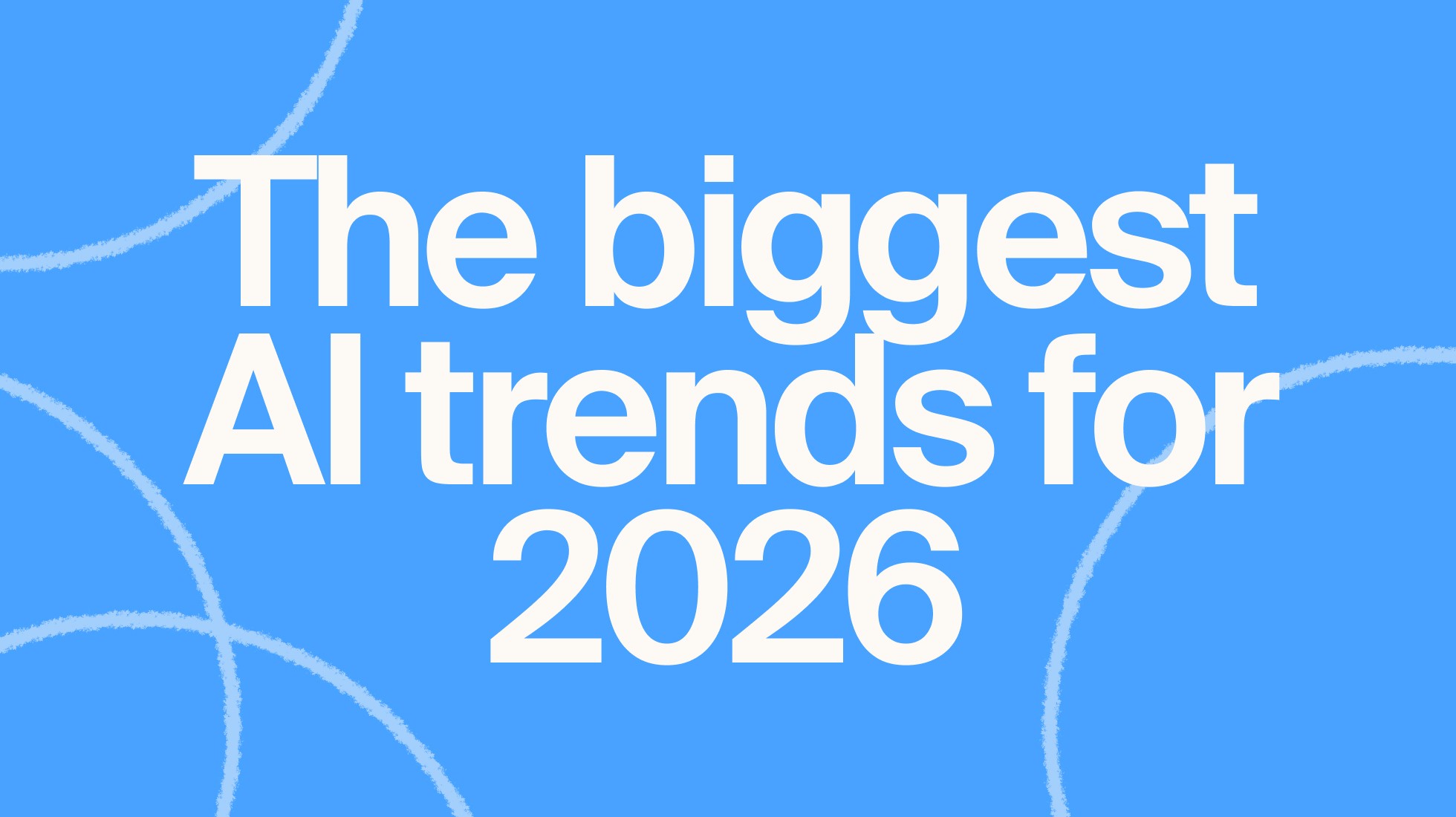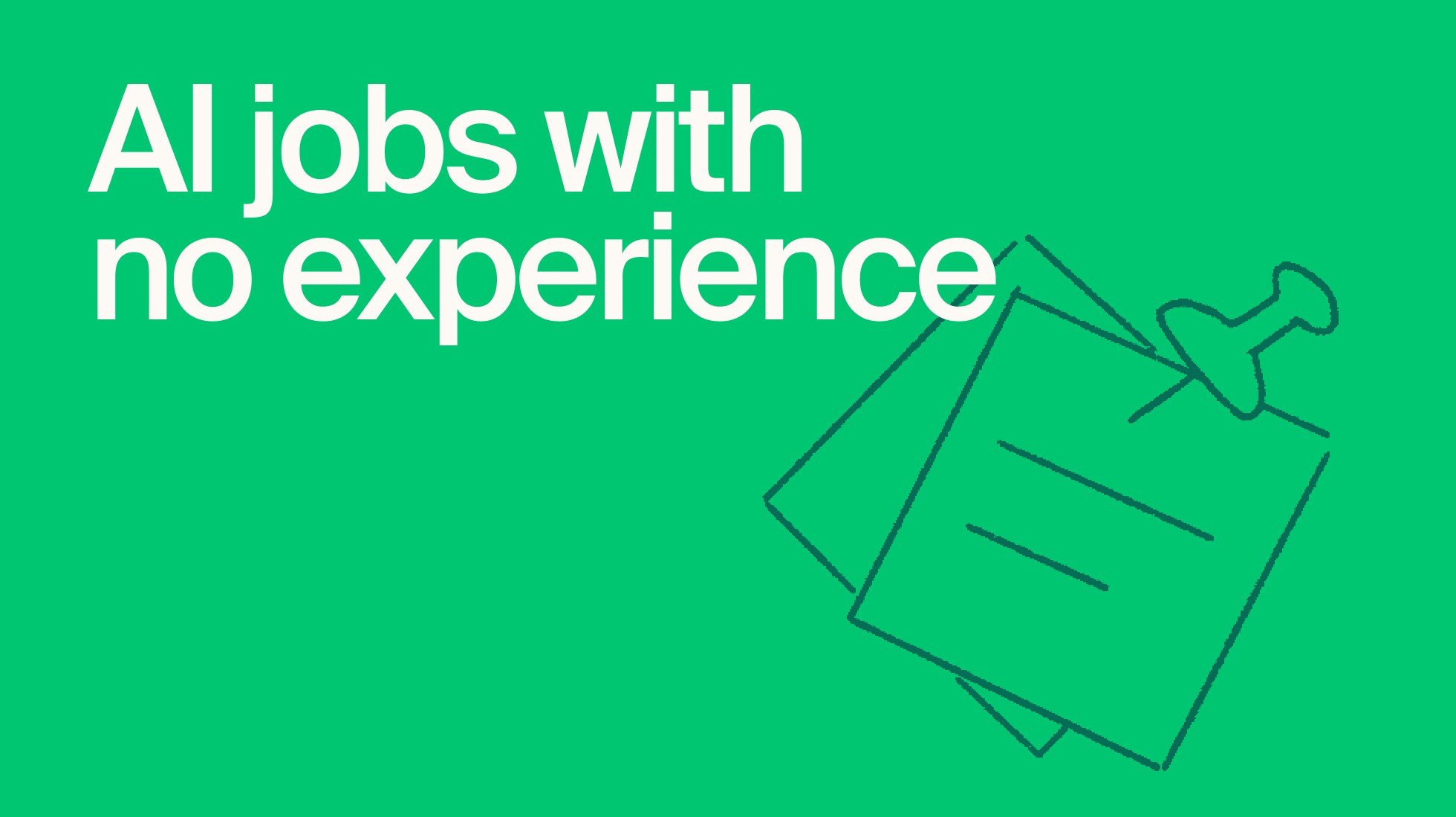AI Training
July 22, 2025
Article by
Mindrift Team
AI projects can be complex and exciting but they aren’t always black and white. The prompt might be unclear, the answer might not be obvious, and the instructions might contradict themselves.
Sometimes, you’re stuck scratching your head, wondering what you’ve gotten yourself into. But according to Simon, a Senior QA at Mindrift, ambiguity isn’t just normal, it’s inevitable — and he’s here to help you through these tough scenarios.
What do we mean by ambiguity?
Ambiguity happens when a question, prompt, or piece of information can be interpreted in more than one reasonable way. These situations are tricky because there isn’t always one “correct” answer — the right response often depends on subtle context, tone, or user intent. Here are a few scenarios you might run into:
A tie between two seemingly equal completions in preference-ranking tasks
A response that sounds excellent, but doesn't follow formatting rules
Guidelines that don’t address a specific edge case
Conflicting project updates sent via different communication channels
Recognizing and handling these cases well is key to building an AI that feels natural, helpful, and aligned with what users actually want.
Step 1: Recognize the ambiguity
Before you can handle ambiguity, you have to spot it — and that’s not always straightforward. AI tasks today are more nuanced than ever, and it’s common to run into prompts or responses that could be interpreted in multiple ways.
“Prompts and rubrics are far more complex than they used to be,” Simon says. “Sometimes the data thrown out really is a dead heat. There’s no preference — both options are equally good.”
This kind of ambiguity can stem from vague rubric guidance, conflicting updates, unclear user intent, or edge case scenarios no one saw coming. The key is to pause and recognize the ambiguity in order to slow down, document your thinking, and prepare to handle the case more deliberately.
Step 2: Ask the right questions
Instead of randomly choosing option A or B and hoping for the best, figure out why it’s ambiguous. You might want to ask yourself:
Is the prompt unclear?
Are the guidelines incomplete?
Are you misunderstanding the expectations?
Has the project simply not accounted for this scenario?
“Pinpointing why there is ambiguity before acting is important. It gives you a clear idea of what to do — whether that’s escalating to the QAs, requesting a judgment call with the team, or flagging the question,” he says.
Step 3: Don’t hesitate to get help
“If you’re confused, I’d suggest going to the Discord channel straight away and tagging your QAs,” Simon advises. “And if you don’t get an immediate response, copy your work somewhere to keep it safe.”
Why? Technology sometimes fails — glitches or errors might derail your progress, sending it into digital oblivion. That’s why simply pausing tasks on the platform isn’t always the most reliable option.
“We sometimes get complaints about lost tasks. Unfortunately, the answer is always the same—if you have to pause, paste it somewhere,” Simon says.
Explore AI opportunities in your field
Browse domains, apply, and join our talent pool. Get paid when projects in your expertise arise.
Level up your AI training game
Sometimes, a prompt is too ambiguous to decode, while other times, having a good understanding of context clues can cut through the chaos.
Ready to level up your AI training knowledge? Explore how understanding the target audience can help you navigate ambiguity and train better, more effective AI models.
Article by

Mindrift Team




